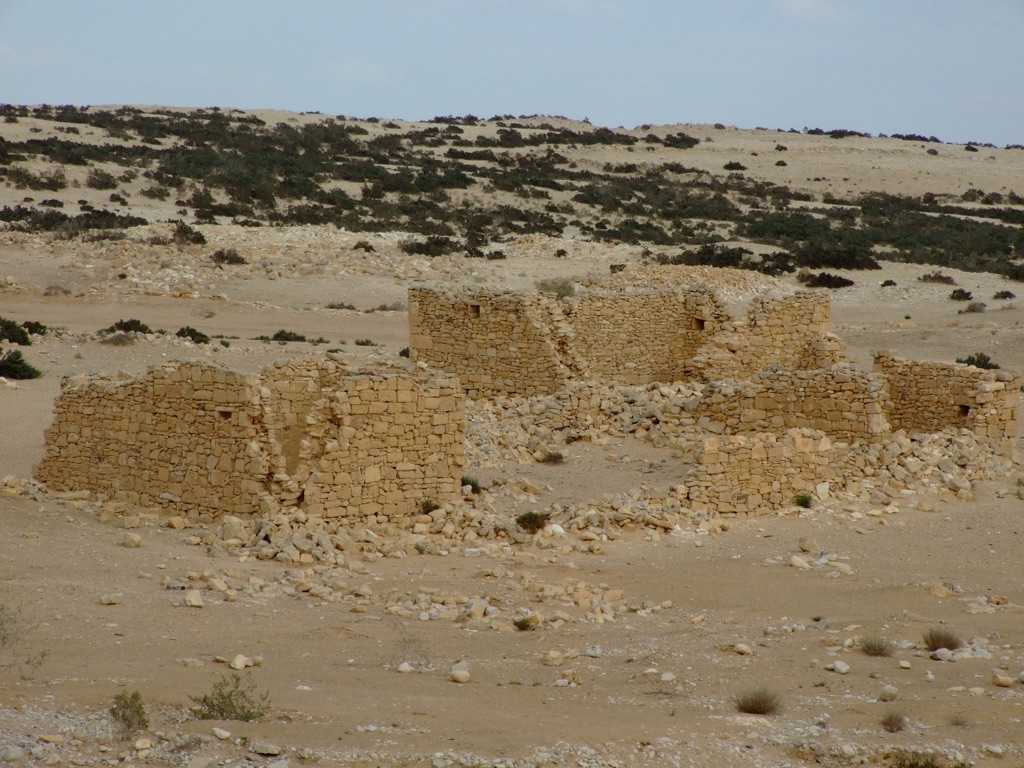The Historical Significance of Elusa in the Negev Desert
Elusa, known in various historical periods by names such as Halasa, Chellous, and al-Khalūṣ, stands as a testament to the rich and complex history of the Negev desert. This ancient city, located near present-day Kibbutz Mash’abei Sadeh, was a crucial node on the Nabataean Incense Route, facilitating trade from Petra to Gaza. Its historical significance has been recognized by UNESCO, which declared Haluza a World Heritage Site alongside Mamshit, Avdat, and Shivta.
Get your dose of History via Email
Name in Ancient Sources
The city’s historical monikers reflect its multicultural heritage. In Greek sources, it is referred to as Chellous (Χελλοὺς), while the Byzantine period saw it known as Elusa (Ελουϲα). Arab habitation periods referred to it as al-Khalūṣ and Al-Khalasa. Notably, the city is mentioned in a variety of ancient texts, including works by Ptolemy, Jerome, and on the 6th-century Madaba Map, indicating its prominence through the ages.
Historical Overview
Nabataean Period
Founded by the Nabateans in the late 4th or early 3rd century BCE, Elusa initially served as a strategic stop along the incense trade route. Following the Roman annexation of Nabataea in 106 CE, the city transitioned into a significant urban center in the central Negev, marking its importance in the Roman province of Arabia Petraea.
Late Roman and Byzantine Periods
The city’s prosperity continued into the Byzantine period, becoming renowned for its vineyards and wines by the 5th century. Elusa was one of the first Negev towns to host a large Christian population, coexisting with pagans well into the 5th century. This period also saw Elusa as a significant ecclesiastical center, with its bishops participating in church councils and contributing to the Christianization of the region.
Early Muslim Period
The early Muslim conquest of Palestine did not immediately diminish Elusa’s status as an administrative center, as evidenced by the Nessana papyri. However, the city eventually declined, leading to its abandonment and subsequent centuries of neglect.
Western Rediscovery and Bedouin Resettlement
The 19th and early 20th centuries saw renewed interest in Elusa, culminating in archaeological explorations by figures such as Edward Robinson, C.L. Woolley, and T.E. Lawrence. This period also witnessed the resettlement of the site by the al-Azizma Bedouin tribe, who established a village among the ancient ruins.
Archaeological Insights
Recent archaeological efforts have unveiled significant aspects of Elusa’s past, including Nabataean streets, Byzantine-period churches, a theatre, and a wine press. A Greek inscription, tentatively dated to around 300 CE, further underscores the city’s historical importance.
Pre-Muslim Decline
Analysis of refuse from the city suggests a major decline around the mid-6th century, predating the Islamic conquest. This decline may be attributed to the Late Antique Little Ice Age, highlighting the impact of climatic events on historical urban centers.
Biblical Association
Elusa’s vicinity is also noted for its biblical associations, particularly with the desert of Sur and the well where the angel found Hagar, as mentioned in Genesis 16:7. This connection adds a layer of religious significance to the site’s historical narrative.
In conclusion, Elusa’s rich history, from its foundation by the Nabateans to its role in the Byzantine period and beyond, illustrates the dynamic interplay of cultures, religions, and economies in the Negev desert. The city’s archaeological remains offer invaluable insights into the ancient world, underscoring the importance of preserving such sites for future generations.

